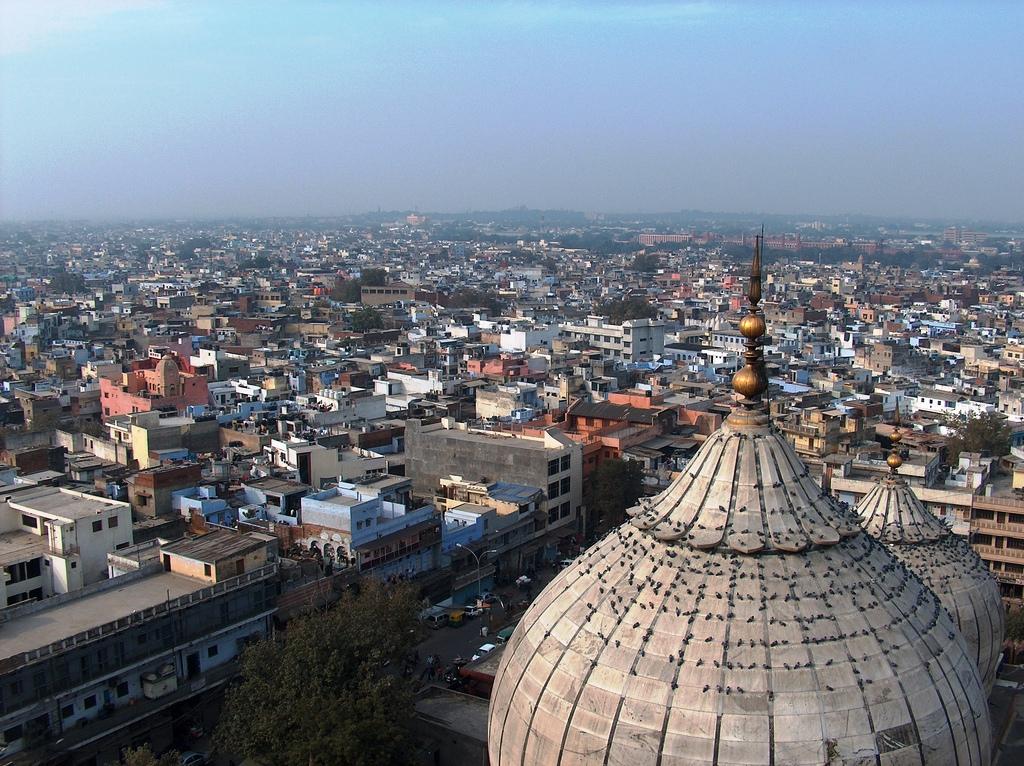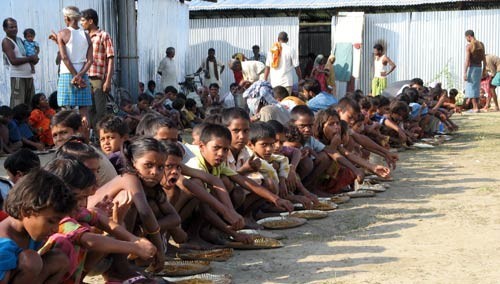India’s population is now close to 1.3 billion inhabitants. It is the second most populated country in the world. Its population nowadays represents 17.5% of the world’s population and demographists expect it to exceed China’s before 2025. Contrarily t the Malthusians pessimistic forecasts, the population’s growth did not lead to famine or an economic and social disaster. Paradoxically and against all odds, the recent demographic growth, along with the Indian sub-continent’s economic development, led to an obesity epidemic. Obesity became, in a short time, a sanitary problem that the Indian government will have to handle.
The phenomenon became worrying, and the numbers on India’s obesity are alarming. Diabetes is obesity’s biggest complication, and for years, India has the biggest population of diabetics, more than 51 million people. This number should grow by more than 150% in the next twenty years. The center of this epidemic is the urban metropolis, New Delhi being its heart. According to statisticians, 76% of the capital’s inhabitants are overweight, and more than a third of the kids aged 15 to18 suffer from one form of obesity or another. In Jharkhand state, a child obesity case caused worldwide alarm. Aliya Saleem is only 10 months old and weights already 18.6 kg. Similar cases are multiplying all over the country.
Indian obesity stems from a series of causes. It is directly linked with India’s economic growth, its urbanization, migrations from campaigns to the city and the emergence of a middle class.

From 1985 to 2008, India’s diabetes prevalence went through the roof, from 5 to 20% in urban zones. Urbanization is the direct consequence of the economic development of the country, which was followed by an occidentalization of lifestyles and led to the fast food industry growing very fast in big agglomerations, undeniably reflecting its success. Migration also helps the phenomenon, as 30% of the swift urban growth comes from migration form rural zones. These populations looking for jobs will adapt to a new lifestyle and consummation style (fatter and poorer alimentation, lack of physical exercise). Very few people in Delhi walk around the city. The emergence of an Indian middle class is also part of this obesity problem, as this middle class adopted the occidental way of eating. For many of these Indians, being ‘round’ is a sign of an elevated and comfortable social class, far from the underfed lower classes. According to some researchers, there also is a genetic reason behind this phenomenon. Indians have developed an “economic’ gene allowing them to store fat; this, combined with the consumption style revolution, is supposed to be one of the main reasons Indian get fatter.
This obesity has terrible consequences. It is a public health catastrophe, as well as a public finances one : in 2010, India apparently spent 27.6 billion euros, spending made in the health as well as education departments. Public awareness campaigns were launched but the effort must go on.
This sanitary crisis makes India a particular case, with a paradoxical situation, between massive under-nutrition and growing obesity. Thus the strange results perceived by the sanitary authorities: a young population of which a fifth suffers from obesity and diabetes and a third literally dies of hunger. Obesity is not a phenomenon present in India only, but inherent to many countries in the southern hemisphere. Countries that have now launches their economic growth have not always been able to keep the occidental consumerism at bay. Many of them easily adopted mass consumption. Mexico has been for several years fatter than the US, a worldwide symbol of overweightness. Let’s hope India doesn’t follow this fate!


 Français
Français

